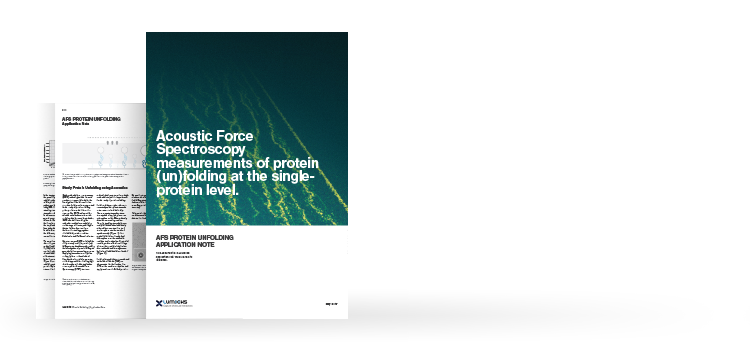Researchers used acoustic force spectroscopy (AFS™) in combination with 3D imaging to induce clustering and rotation of red blood cells, enabling them to study the properties of cell aggregates. The new approach, which is based on radiation and stream forces, allows researchers to retrieve 3D reconstructions of biologically relevant conditions without damaging the cells.
The study “Assembling and rotating erythrocytes aggregates by acoustofluidic pressure enabling full phase-contrast tomography” appeared in the journal Lab on a Chip. Congratulations to all the authors!
In the study, the authors first induced aggregations of the tested sphere-like particles (beads or red blood cells) at the nodal plane using acoustic forces. They could next force the aggregates to rotate along their own axis by using microfluidics-derived flow streams.
The combined application of acoustic forces with tomography-based microscopy – establishing sectioning of the clusters – enabled the team to map the cell aggregates and form 3D reconstructions.
Combining these approaches is a first step to enable scientists to study external and internal properties of disease-relevant cell aggregates in a label-free manner, with minimal compromise in viability.
The AFS™ instrument used in this study is commercially available by LUMICKS. Are you interested in using it in your research? Please feel free to contact us for a demo or quote.


